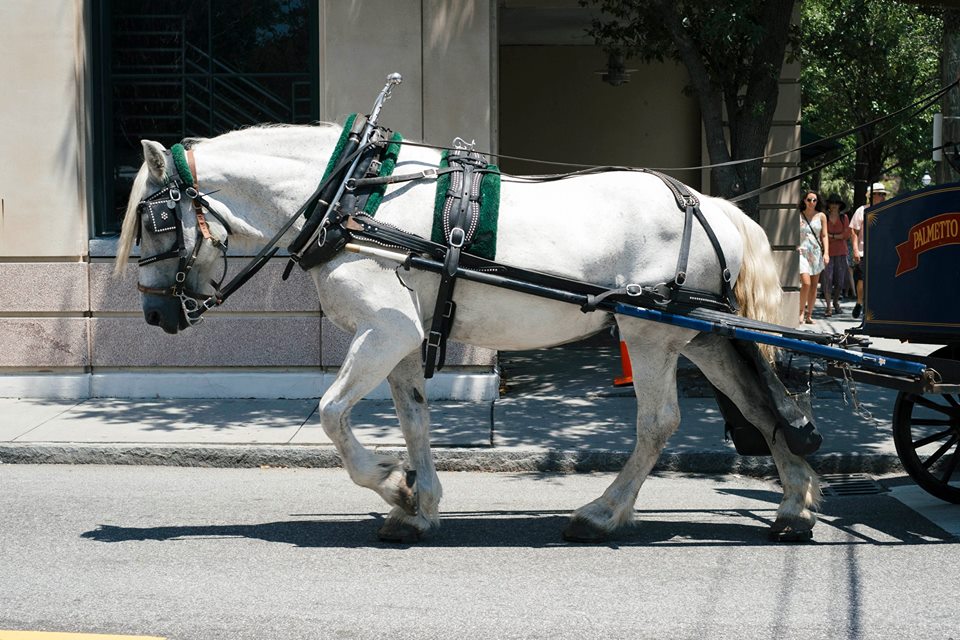Just Say Neigh
Close your eyes and envision a Saturday afternoon in the late 1800’s/ early 1900’s. What do you see? Perhaps you picture a cobblestone street with ladies in bustle style dresses adorned with lace and bows. Men don bespoke tailcoats with ruffled cravats and swanky top hats. Children laugh and play running down the sidewalk, some carrying a copy of The Adventures of Huckleberry Finn or The Last of the Mohicans.
If you visualized more of the 1900s, maybe you see a few of the first Ford Motor cars cruising down the quaint streets or possibly a few city dwellers on bicycle making their way to a corner café. More commonly, what comes to mind is the horse drawn carriage as means of transportation.
In larger cities and townships, horse drawn railed vehicles gave transport to poorer citizens and the lower middle class. The upper class traveled by horse and buggy. Before the invention of the modern bicycle, families and individuals used their personal horses to tote them from the country to town, and throughout the community in which they lived. These horses were treated like pets and commonly belonged to just one owner or household. Keeping in mind that most wealthy folks possessed ample amounts of land. These carriage animals would utilize the space for exercise and freedom.
Flash forward to present day images of bustling streets, blocks of asphalt, and surpluses of sightseers making their way through new age metropolises via subway systems, trolley cars, motor vehicle, skateboard, bicycle, and yes – horse carriage. Times have certainly changed since the late 1800’s. Metropolises are noisier and busier than in centuries past. In the depths of Summer, urban cities often reach record highs in these densely populated areas. Smoke and exhaust from inner-city traffic makes for poor conditions day in and day out for working animals. These creatures can be easily skittish with the noise of frightening sounds and the honking of car horns. This alone can put both a horse and its passengers in danger on crowded streets. Pair that with being overused and having less of a life outside of fields/pastures, and it is a disaster waiting to happen. One may argue that it is in fact animal cruelty.
With the development of modern technology, smart cars, and transportation systems; why are cities still using horse drawn carriages for romanticism and fairytale-like attractions.
Sure, horses are working animals, however when we go back to our scene of cobblestone streets with men and women in period dress, and few modern cars on the road, horses lived a far different lifestyle. It’s a different time and a different era. Perhaps it’s time to take a long look at the use of these horses for tourist attractions and quaint city excursions. Lets leave this dated pastime in the past, after all in previous times it wasn’t an attraction at all.
Ready to TAKE ACTION? Contact the Charleston City Council DIRECTLY through the button above. Thank you for your support!

